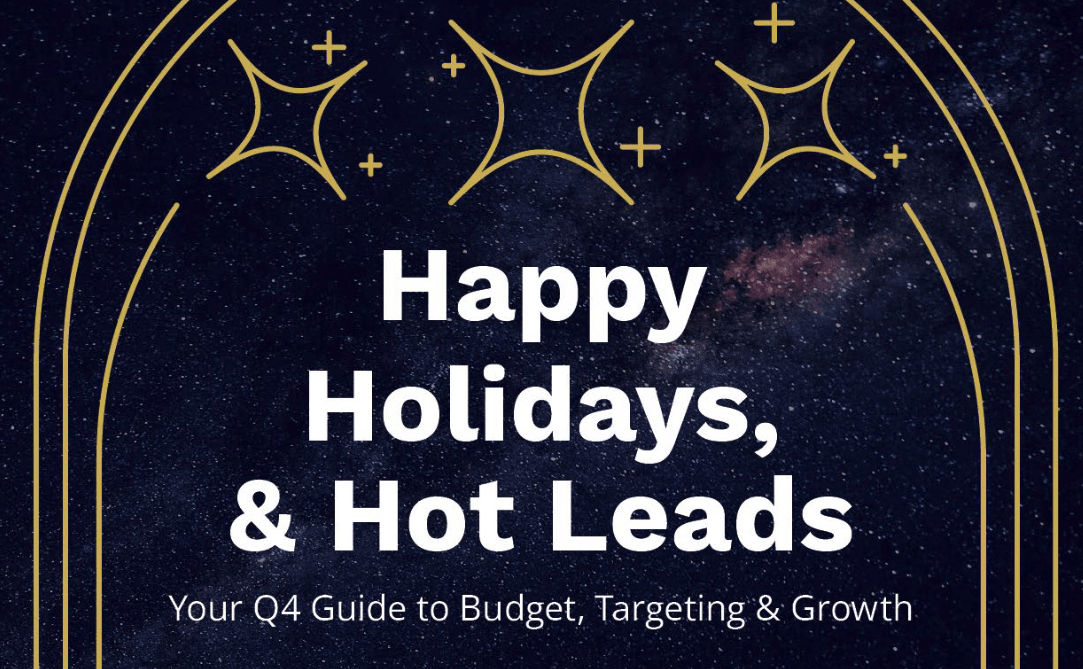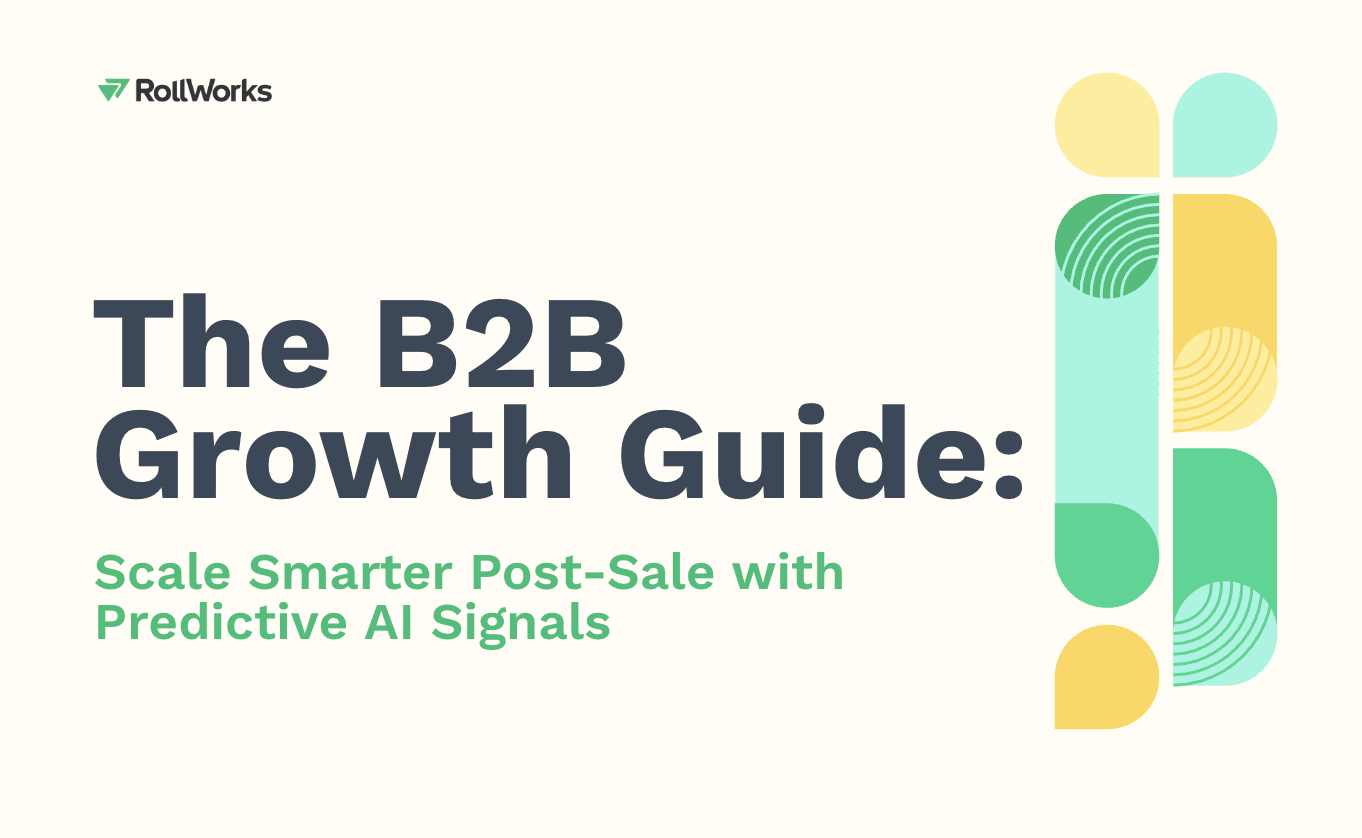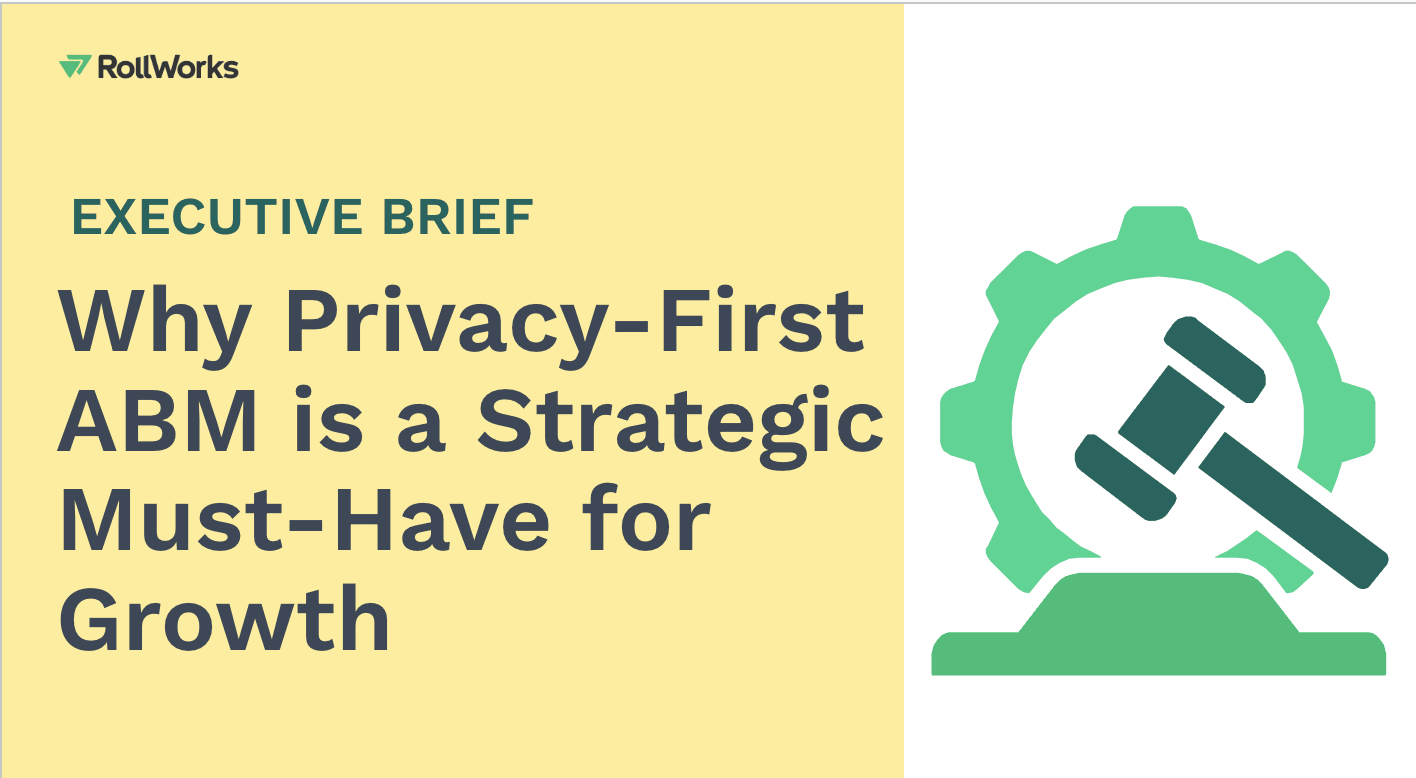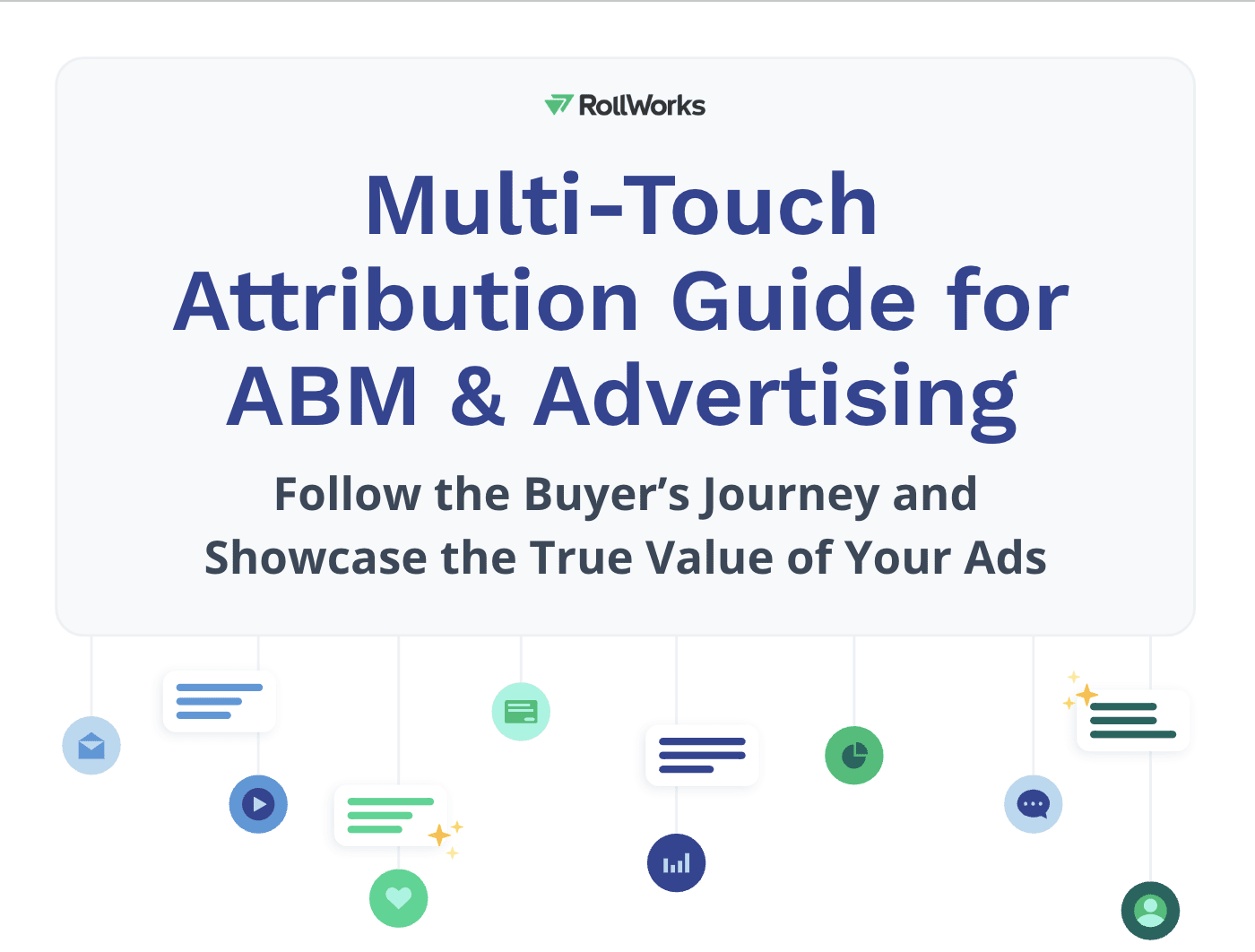Many industry experts agree that we should work in harmony, but the reality of getting there (and staying there) looks different for every organization.
Part of the issue stems from treating the symptoms of misalignment instead of the main points of friction:
-
Sales isn’t acting on/getting results from marketing-generated leads
-
Marketing isn’t able to demonstrate sufficient ROI for their efforts
-
One or both teams have clunky and/or siloed workflows
-
Sales and marketing strategies are out of sync
-
Their organizations are caught in long, complex sales cycles
Overcoming these types of challenges typically requires more than surface-level tactics, especially in a market downturn. In fact, the cost of marketing and sales misalignment will only slow you down and waste your budget. If GTM teams are not seeing eye to eye, your investments will be scattered and allocated to anything but your high-fit, in-market prospects. Remember, these prospects have a 2.5X higher chance of closing compared to the rest.
For marketing and sales to truly work together as a single motion, your strategy and supporting tactics must simultaneously address pain points on both sides.
That’s why ABM is the strategic approach to integrating marketing and sales—and it’s helped 70% of B2B marketers and sales folk align to close deals faster without having to sacrifice precious budget or inefficient effort in uncertain times.
The Handover: Why marketers and sellers are prone to mistrust
Marketing and sales may mistrust one another for a variety of reasons, but historically, it comes down to the handover.
For organizations where there’s a culture of chasing high volumes of leads—and where marketing is accountable for those leads—the notion of quality becomes significantly less important than hitting quota.
When sales teams inherit enough of these poor-fit leads that usually go nowhere, they inevitably blame marketing for failing to deliver what they needed.
And who can blame them?
Nobody wants to chase dead ends. But that’s precisely what we ask of marketers when we saddle them with aggressive demand gen goals like 25K leads per month. It’s even more dispiriting when chasing leads is marketing’s primary goal.
Ultimately, the onus is on the organization to rethink its approach to generating new business. That includes taking meaningful steps toward preventing one team from wasting time on things that don’t actually serve the other.
That might mean recalibrating goals to support a better handover. In many cases, it means releasing the “all we care about is leads” approach and instead, viewing lead acquisition as one component—and not the driving force—of your overall strategy. One pro tip? Start setting mutual agreement (using data) over definitions of each stage of your journey. This can look different for every organization, which is where custom definitions come into play. Be crystal clear on what defines a hand-off (example: 3 high-value page visits, 2 webinar views, etc.).
The Road Ahead: Sharper focus + efficiency = better outcomes
The shift from high volume lead acquisition is already happening. According to research from the ABM Leadership Alliance and ITSMA, 76% of marketers saw higher ROI with ABM than any other marketing strategy in 2020. And as we know, we all learned a thing or two about doing more with less during those uncertain times, too. All the more reason people flock to ABM when the pressure is on.
For aligned B2B marketing and sales teams, 71% saw improved relationships with target accounts, a 55% increase in generated revenue, and a 34% increase in their brand and reputation following ABM adoption.
Based on these trends—and the conversations we’re having at RollWorks—we believe fewer organizations will focus exclusively on leads within the next three years.
Instead, we’ll see companies pushing their B2B teams to focus more on opportunity creation and how to achieve that number by investing in channels that show an incremental lift on marketing-led programs. And that means getting in front of entire buying committees (not just one contact) with surround sound orchestration.
In practice, the emphasis on opportunity creation means more teams will take a multi-pronged approach that says “We need to create X amount of opportunities this quarter, with X amount driven by outbound, X amount driven by inbound, and with marketing responsible for X amount of opportunities, which could come from a mix of channels.”
It’s a completely different approach than the “more is more” game of classic lead acquisition. Especially in a time where we’re all being asked to do more with less.
This doesn’t mean organizations won’t set ambitious goals, but the narrowed focus on high-fit, high-intent accounts will help marketing and sales to work more effectively and close deals faster.
The relationship between ABM and leads will also become more nuanced and better understood. In the early days, many ABM platforms relied on “leads are bad” positioning, essentially telling marketers they shouldn’t care about them.
But leads aren’t actually dead. For those who practice ABM, leads are names directly related to target accounts—and they can be very valuable when used correctly.
Given the rise of buying committees, marketing and sales teams that can identify each member within the group and serve relevant, role-based content to each of them (and the group as a whole) are the best poised to drive specific outcomes.
That’s the beauty of things like segmentation and next-level personalization: You avoid the trap of turning your ABM play into a batch and blast affair—and collecting lead or contact information is a critical part of the process.
Getting there can take many forms, but ABM works because it’s not just a channel that delivers leads. It’s a holistic practice that infuses efficiency across all of your GTM motions in a way that compounds the effort of both teams to reduce wasted resources and maximize ideal outcomes.
It’s the definition of alignment. And without it, we’re confident your teams won’t be empowered to stand out and beat the competition in H2 2022.




























